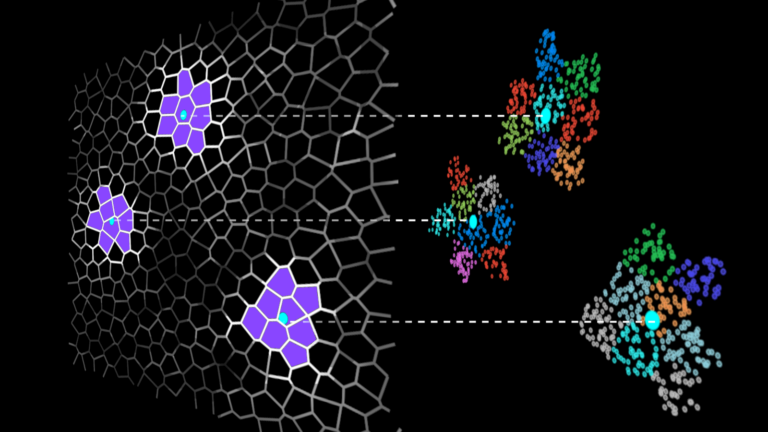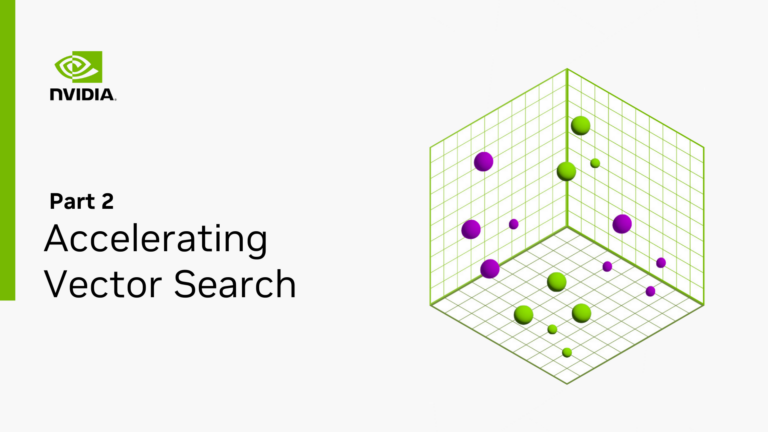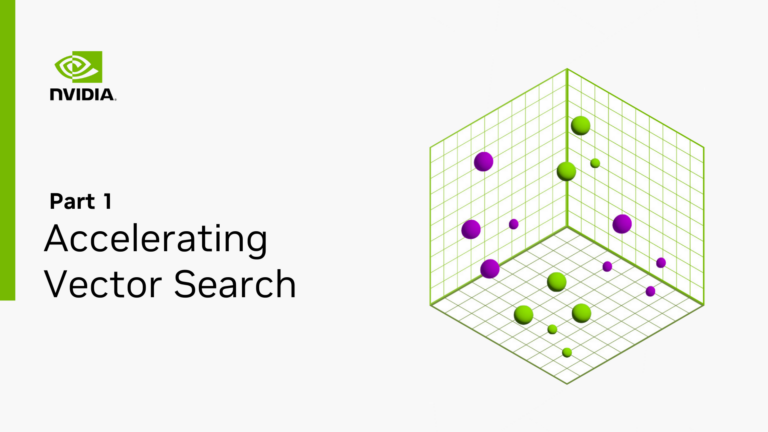
In the era of generative AI, vector databases have become indispensable for storing and querying high-dimensional data efficiently. However, like all databases, vector databases are vulnerable to a range of attacks, including cyber threats, phishing attempts, and unauthorized access. This vulnerability is particularly concerning considering that these databases often contain sensitive and��
]]>
In the first part of the series, we presented an overview of the IVF-PQ algorithm and explained how it builds on top of the IVF-Flat algorithm, using the Product Quantization (PQ) technique to compress the index and support larger datasets. In this part two of the IVF-PQ post, we cover the practical aspects of tuning IVF-PQ performance. It��s worth noting again that IVF-PQ uses a lossy��
]]>
In this post, we continue the series on accelerating vector search using NVIDIA cuVS. Our previous post in the series introduced IVF-Flat, a fast algorithm for accelerating approximate nearest neighbors (ANN) search on GPUs. We discussed how using an inverted file index (IVF) provides an intuitive way to reduce the complexity of the nearest neighbor search by limiting it to only a small subset of��
]]>
Performing an exhaustive exact k-nearest neighbor (kNN) search, also known as brute-force search, is expensive, and it doesn��t scale particularly well to larger datasets. During vector search, brute-force search requires the distance to be calculated between every query vector and database vector. For the frequently used Euclidean and cosine distances, the computation task becomes equivalent to a��
]]>
In this post, we dive deeper into each of the GPU-accelerated indexes mentioned in part 1 and give a brief explanation of how the algorithms work, along with a summary of important parameters to fine-tune their behavior. We then go through a simple end-to-end example to demonstrate cuVS�� Python APIs on a question-and-answer problem with a pretrained large language model and provide a��
]]>
In the current AI landscape, vector search is one of the hottest topics due to its applications in large language models (LLM) and generative AI. Semantic vector search enables a broad range of important tasks like detecting fraudulent transactions, recommending products to users, using contextual information to augment full-text searches, and finding actors that pose potential security risks.
]]>
RAPIDS is a suite of accelerated libraries for data science and machine learning on GPUs: In many data analytics and machine learning algorithms, computational bottlenecks tend to come from a small subset of steps that dominate the end-to-end performance. Reusable solutions for these steps often require low-level primitives that are non-trivial and time-consuming to write well.
]]>
Relying on the capabilities of GPUs, a team from Facebook AI Research has developed a faster, more efficient way for AI to run similarity searches. The study, published in IEEE Transactions on Big Data, creates a deep learning algorithm capable of handling and comparing high-dimensional data from media that is notably faster, while just as accurate as previous techniques. In a world with an��
]]>